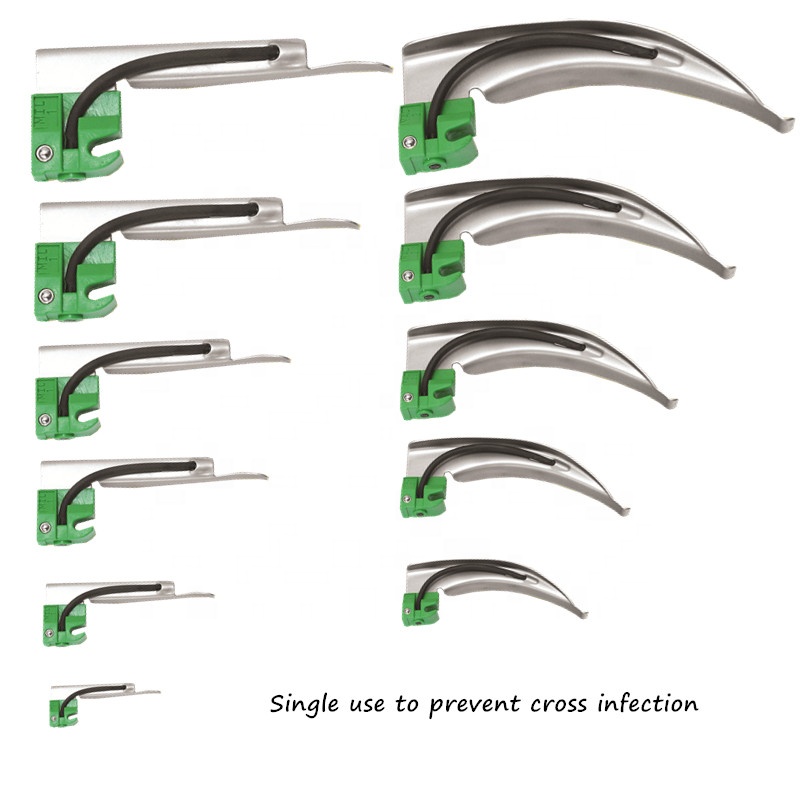

Rosen’s Emergency Medicine: Concepts and Clinical Practice. In: Walls RM, Hockberger RS, Gausche-Hill M, et al., eds. Airway Management for the Pediatric Patient. Pediatric rapid sequence intubation: incidence of reflex bradycardia and effects of pretreatment with atropine. Atropine-triggered idiopathic ventricular tachycardia in an asymptomatic pediatric patient. Myth: Atropine should be administered before succinylcholine for neonatal and pediatric intubation.
↑ Fleming B, McCollough M Henderson SO. ↑ Anesthesiology and Critical Care Medicine, Children's Hospital of Los Angeles Airway Card. Adventures in RSI from Pediatric Emergency Playbook (with preferred agents in different patients). Practical pediatric RSI/vent algorithm:. Adjusting mechanical ventilation settings. Initial mechanical ventilation settings. Initial mechanical ventilation settings (peds). Preferred as may not yet be aware of preexisting conditions that would make sux contraindicated. Paralytic (Consider doubling dose in shock). May not be needed routinely but should at least have handy in case of bradycardia. Neonates VERY prone to bradycardia with myriad stimuli, including the vagal stimulation of laryngoscopy. Cuffed vs uncuffed ETT: controversial but cuffed tubes now genearlly considered acceptable 69096 MacIntosh standard set includes blade sizes 1, 2, 3 and 4. Short trachea-> easy to mainstem tube, easy for accidental tube dislodgement. Narrowest portion of airway is at cricoid cartilage (as opposed to vocal cords in adults). Glottic opening at level of C1 in infants This item may require 1-2 days to ship out from our facility. Preemie may need shoulder roll to get ear to sternal notch aligned. ETT Size: (Age/4) + 4 for uncuffed, (Age/4) + 3.5 for cuffed. Success of intubation, intubation time, and ease of intubation were comparable with both the blades.ĬMAC D-Blade CMAC Macintosh blade Children difficult airway simulated cervical spine injury video laryngoscope.Ĭopyright: © 2019 Journal of Anaesthesiology Clinical Pharmacology.Pediatric Airway Equipment Sizes Los Angeles Airway Card Age Size 2 D-Blade of C-MAC video laryngoscope provided a better glottic view in children with simulated cervical spine injury as compared with CMAC Macintosh blade. Number of intubation attempts was similar in both the groups. There was no statistical difference in terms of time for best glottic view in group M and group D (13.40 ± 4.90 vs 13.62 ± 5.60 s) and endotracheal tube insertion time (24.80 ± 7.90 vs 27.90 ± 10.90 s), respectively. Insertion of D-Blade was more difficult than Macintosh blade ( P = 0.0007). The glottic view grade was significantly better in group D compared with the group M ( P = 0.0002). 
During second video laryngoscopy, difficulty of tube insertion and time for intubation were noted. Best glottic view, time for best glottic view, and difficulty in blade insertion were recorded during both the video laryngoscopies.


Endotracheal intubation was done with the second laryngoscopy. After removal of the first blade, second video laryngoscopy was performed with the alternative blade.
MAC BLADE SIZES MANUAL
After induction of anesthesia, video laryngoscopy was performed either with size 2 CMAC Macintosh (group M) or D-Blade (group D) with manual in-line stabilization. Forty children of 4-14 years of age were enrolled in this study. This randomized crossover study was conducted in a tertiary care hospital of Northern India. Our primary outcome was to compare glottic view, intubation time, and ease of intubation with the size 2 Macintosh versus D-Blade of C-MAC video laryngoscope in simulated cervical injury in children. CMAC video laryngoscope size 2 D-Blade has been recently introduced for management of pediatric difficult airway.








 0 kommentar(er)
0 kommentar(er)
